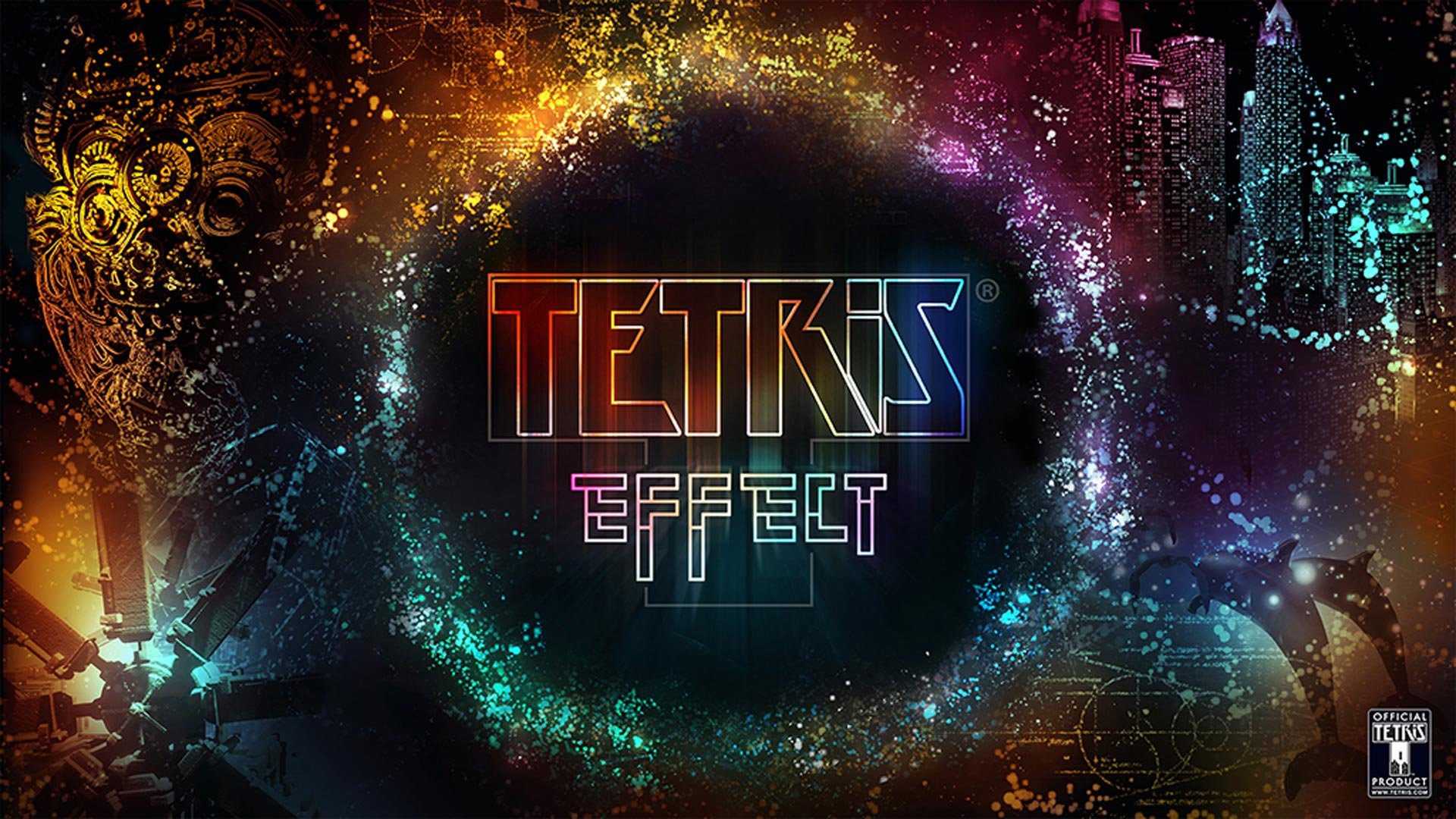Tetris Effect - Enhancing gameplay with synesthesia
Enhance have always been a hugely inspirational studio for me personally- from Rez, to Lumines and Tetris Effect, they’ve spent the last twenty years getting to the heart of how music can be used to connect players to a game, cerebrally and emotionally. In City of Beats we’ve been aiming to encourage a state of flow while playing, and TE is a perfect example of how deeply integrated music can help achieve this. Many people claim to perform better in TE than any other version of Tetris, which I think is testament to its benefits.
The feedback loop between a game and its player is one of the keys to true immersion. Tetris Effect uses audio, rhythm and harmony to strengthen that feedback loop, reacting to user input in musical ways while entraining the player into its rhythms and harmonic structures.
Pieces move down the board at a steady pace, in time to the music, and with the pieces themselves flashing or pulsing along rhythmically. Every time you rotate a piece you hear a harmonised note or sound, quantised to the beat (making it sound like you’re playing in time to the music, even if your input is slightly off), and every time that you drop a piece into place you get a satisfying harmonic chord, increasing in scope and depth depending on how many lines you’ve just cleared. As a result, playing the game makes you feel like you a truly a part of the soundtrack, grooving along while contributing to the musical textures.
As you advance through a level, the background music increases in complexity, adding beats, progressing through lyrics, and layering other musical elements which often sync up with visual elements around the board. Towards the end of a level, you’ll often transition to a “euphoric” period in which the pace of play slows down, the music simplifies and the player gets to enjoy the final few minutes with blissed out music as a reward. Other times, the music builds in intensity right up toward the end and leaves you breathless.
These powerful mechanics are then enhanced by the co-operative multiplayer aspect, which connects you and strangers around the world with its musical gameplay, and the VR option, which further immerses you into it’s quasi-spiritual experience.
Some of the music may not be to everyone’s taste, but there is a huge amount of variety, with music and sound perfectly complimenting the themes of each stage. From avant-guard Jazz set to abstract NY cityscapes, to Hawaiian volcano god appeasement ceremonies, to moon-themed stages using cut up extracts of Ground Control communication chatter as sound effects, each stage feels like an art installation in its own right, and the range is incredible.
But despite all this, you would never call Tetris Effect a “rhythm action” or “music” game. Despite having more complex music integration than almost any other game I can think of, it remains mostly in the background and is simply a tool to increase immersion and cohesion. It doesn’t alienate players who “aren’t musical” or struggle with rhythm, but acts on a much more subconscious level to improve your ability to play the game itself. This mostly comes from Tetsuya Mizuguchi’s philosophical view on games, and his continuing experiments through the decades. And the result is a Tetris game that is more engaging and somehow more emotional and moving than most narrative-based games available today.
